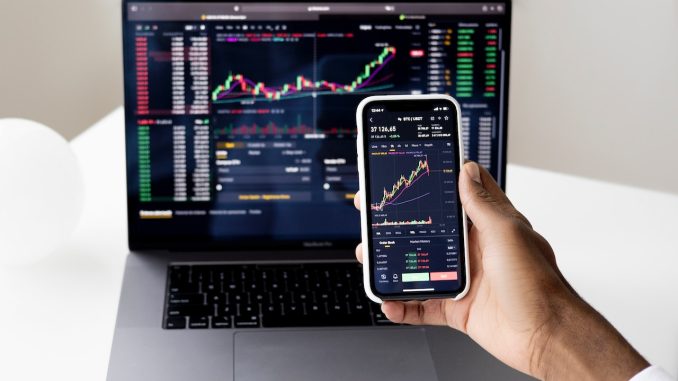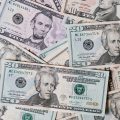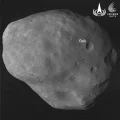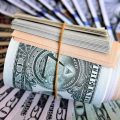
Dividend stocks can be great assets to add to your portfolio. Even during a rough market period, they can still provide extra income.
However, it isn’t always a set-it-and-forget-it type of investment. If you plan on buying or selling a dividend stock, you’ll want to pay attention to all the dates surrounding them. So what makes the ex-dividend date so important? We will explore why it matters and how it can relate to your investments.
What is an Ex-Dividend Date?
A dividend is a publicly traded company’s payment to its stockholders to share profits. Not all stocks pay dividends, so you’ll want to be careful about which ones you choose if you’re trying to earn a return in this manner. These payments happen on a regular basis, so there are a few key dates you need to know when investing in dividend stocks.
The ex-dividend date is perhaps the most crucial because it determines if you’re eligible or not to receive a payout. When a company announces a dividend, it sets a date to record all shareholders. The ex-dividend date is set as the day before that, which is the true cutoff point. If you don’t own shares by then, you won’t be eligible for the current dividend.
All Dividend Dates
Suffice to say, if you’re investing in this type of stock, paying attention to your calendar is important. Let’s look at what each date represents and how a typical dividend scenario would play out.
Dividend Declaration Date
The declaration date is when a company’s board of directors announces it will pay a dividend to its shareholders. They typically do this through a press release or a statement on their website. This announcement will also contain essential details like the record date, the ex-dividend date, the payment date, and the size of the dividend.
Dividend Record Date
The dividend record date is when the board of directors will officially record all of the company’s shareholders so they know who is qualified to receive a payment. It also determines who will receive additional information relating to the company, like stock reports, proxy statements, and financial reports.
Ex-Dividend Date
The U.S. Securities and Exchange Commission sets the ex-dividend date. It’s typically one day before the record date to allow time to capture the buy and sell data and prepare essential paperwork or electronic records. You must purchase shares before the market opens on this day to get documented as a holder and eligible for the company’s dividend distribution. If you buy a share on this day or later, you’ll have to wait until the next time to get a dividend.
Dividend Payment Date
The payment date is when dividends get paid out to the stockholders. Most companies pay dividends on a pretty regular basis, whether it’s monthly, quarterly, or annually. It can come in the form of cash via check in the mail, additional shares of the stock, or you can automatically reinvest it back into that company through your brokerage account.
Example of Ex-Dividend Dates
So what does the timeline look like in relation to an ex-dividend date? To break it down further, let’s look at an example. If a company announces it is paying a dividend on May 1, 2023, to its shareholders on record as of April 27, the ex-dividend date will fall one day before the record day on April 26. It would look something like this:
- Dividend declaration date: April 8, 2023
- Dividend record date: April 27, 2023
- Ex-dividend date: April 26, 2023
- Dividend payment date: May 1, 2023
Selling Ex-Dividends
If you’re thinking about selling on the ex-dividend date, there are a few things you should know. You are still eligible to receive the dividend as long as you wait to sell until after the market opens that day.
However, if you sell your shares before that day, you are not eligible for the dividend payment. On the flip side, selling after the ex-dividend date will earn you that payout. Just keep in mind that you can’t get another dividend until you buy more shares.
How Ex-Dividend Dates Can be Used to Profit Investors
So what significance does this date have besides dictating who gets a payout and who doesn’t? Some investors use it to their advantage by essentially flipping stocks.
The ex-dividend capture strategy is the method of buying a stock right before the dividend is paid, keeping it until you get the payment, and then selling it. The goal is to sell it at the same price you bought it for, and if you manage to do that, you earn a profit from the dividend.
Obviously, this requires you to closely track all the important dates, especially the ex-dividend, as that is the cutoff point for buying shares.
It sounds like an easy method at face value. However, it can be challenging for the average investor to turn a profit this way. If you have to pay commission fees to a brokerage, that will very easily chip away at your dividend earnings. This strategy tends to be more lucrative for brokers that trade on a large-scale level and have small transaction expenses.
Ex-Dividend Dates Matter
It’s crucial to pay attention to dividend dates if you’re planning on buying or selling a dividend stock. The specific days set by the SEC and the stock’s company will determine whether or not you’re eligible for a payout, so be sure to mark your calendar and always invest wisely.





